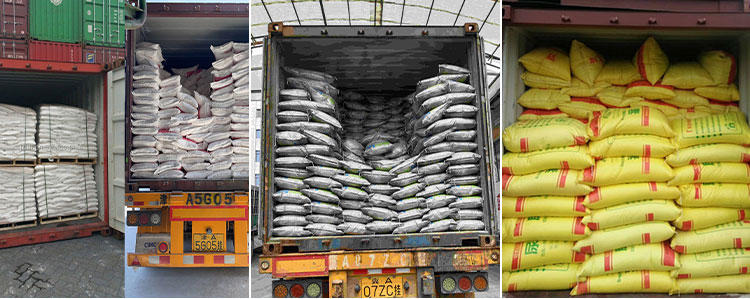
Aug . 09, 2024 03:20 Back to list
Analyzing the Nutrient Composition and Benefits of NPK 2020 2020 2016 Fertilizer for Optimal Plant Growth
Understanding NPK 20-20-16 A Comprehensive Guide
In the realm of agriculture and gardening, understanding fertilizers is crucial for ensuring optimal plant growth and health. One of the most commonly used fertilizers is labeled as NPK, which represents the three essential nutrients Nitrogen (N), Phosphorus (P), and Potassium (K). Among various formulations, NPK 20-20-16 has gained significant attention. This article explores its composition, benefits, and suitable applications in gardening and farming.
NPK 20-20-16 refers to a fertilizer that contains 20% nitrogen, 20% phosphorus, and 16% potassium. The numbers indicate the percentage by weight of each nutrient contained in the fertilizer. The balanced ratio of N, P, and K in this formulation makes it particularly appealing for a variety of crops and plants, offering a tailored nutrient supply that can enhance growth, yield, and overall plant health.
Understanding NPK 20-20-16 A Comprehensive Guide
Phosphorus (P) plays a crucial role in energy transfer and storage in plants. It is fundamental for root development, flowering, and fruiting. Phosphorus aids in the formation of DNA and RNA, which are essential for plant growth and reproduction. Therefore, the 20% phosphorus in NPK 20-20-16 makes it an excellent choice for helping flowers bloom and fruits to grow abundantly. This characteristic is especially advantageous for flowering plants and fruit-bearing crops.
npk 20 20 16

Potassium (K) is vital for overall plant health. It helps regulate various physiological processes, including water uptake, enzyme activation, and photosynthesis. Potassium contributes to disease resistance, improves fruit quality, and enhances the plant's ability to withstand stress from environmental factors. Although NPK 20-20-16 contains a slightly lower percentage of potassium at 16%, it still provides sufficient amounts to support the nutritional needs of most plants.
Applying NPK 20-20-16 can greatly influence crop yields and plant vigor. However, timing and method of application are critical. It is often recommended to use this type of fertilizer during the active growing season. A common approach involves mixing the granules with the soil at planting time or applying it as a side-dress when the plants show signs of growth. This practice ensures that plants receive the nutrients they need at the crucial stages of growth.
It is essential to conduct a soil test before applying NPK fertilizers, as the nutrient requirements can vary significantly based on soil quality and the specific needs of the plants involved. Over-fertilization can lead to nutrient runoff, harming the environment and leading to poor plant growth or even death.
In conclusion, NPK 20-20-16 is a versatile fertilizer offering a balanced supply of nitrogen, phosphorus, and potassium, making it suitable for a wide range of plants and crops. By understanding the role of each nutrient, gardeners and farmers can optimize their use of NPK fertilizers to enhance plant health and productivity. With careful application and consideration of soil conditions, NPK 20-20-16 can be an invaluable tool in successful agriculture and gardening practices.
-
Premium 10 10 10 Fertilizer Organic for Balanced Plant Growth
NewsJul.29,2025
-
Premium 10 10 10 Fertilizer Organic for Balanced Plant Growth
NewsJul.29,2025
-
Premium 10 10 10 Fertilizer Organic for Balanced Plant Growth
NewsJul.29,2025
-
50 Pound Bags of 13-13-13 Fertilizer for All Plants – Bulk & Organic Options
NewsJul.28,2025
-
High-Efficiency 15-30-15 Granular Fertilizer for Healthy Crops
NewsJul.28,2025
-
15-30-15 Granular Fertilizer for Optimal Crop & Lawn Growth
NewsJul.27,2025
